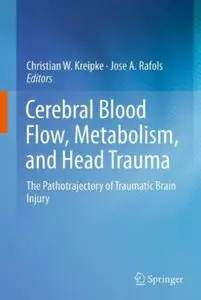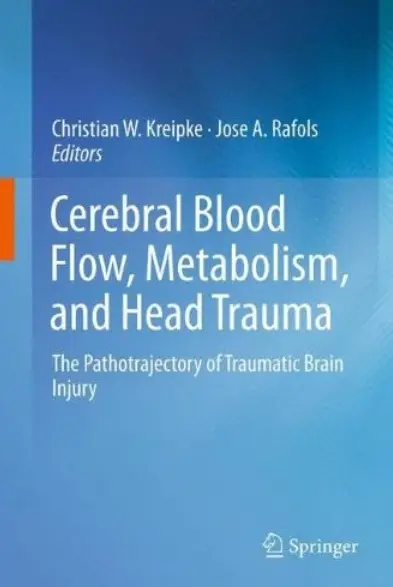Christian W. Kreipke, Jose A. Rafols - Cerebral Blood Flow, Metabolism, and Head Trauma: The Pathotrajectory of Traumatic Brain Injury
Published: 2012-08-04 | ISBN: 1461441471, 1461441498 | PDF | 285 pages | 3 MB
Traumatic brain injury (TBI) has caught the ear of the general public in the last few years in the context of injuries seen both in athletes and the military. Despite TBI being situated as a critical problem in society for multiple decades, the underlying pathotrajectory of TBI has only recently been truly appreciated. Only recently has TBI research begun to develop better models of TBI that more closely recapitulate the human condition, make new advances in our ability to image pathophysiological sequelae in the brain following TBI, place a greater emphasis on studying the vascular dysfunction that accompanies head trauma, and, very recently, explore a new understanding of how age and sex can alter outcome to brain injury.
While this book was developed to satisfy a wide audience, from patient to caregiver, basic scientist to clinical scientist, the overall goal is to present the most current information known about head trauma and to expose areas where we may be deficient in understanding the nuances of TBI. In particular, focus will be placed on the largest gap in our knowledge—the influence of cerebral blood flow (CBF) and metabolism in outcome following injury. This volume explores such varied concepts as the influence of CBF in the pathotrajectory of TBI, modeling TBI as a means to understand underlying pathological states associated with brain injury victims, disrupted vasculature following head trauma and advanced imaging techniques, vasoreactive substances underlying disrupted blood flow, the role of age and sex on injury outcome, and the latest pre-clinical rationale for focusing on CBF and strategies to improve blood flow as a means to improve outcome in patients suffering the effects of TBI. Taken together, the information contained in “Cerebral Blood Flow, Metabolism, and Head Trauma” is designed to both educate and illuminate anyone associated with TBI, with the hopes of stimulating future research.



